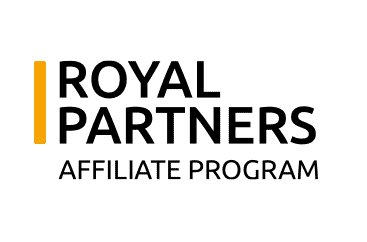Why It Could Pay to Pivot Toward Ontario’s Booming Casino Market

Ontario’s regulated iGaming market delivered another month of robust growth in April, with gross revenue climbing 25.3% year-over-year to CA$313.2 million. However, beneath the headline figures lies a nuanced story that affiliate marketers and program managers need to understand to capitalise on emerging opportunities while navigating potential headwinds.
Casino Games Drive Growth as Sports Betting Stagnates
The standout performer continues to be online casino, which generated CA$242.8 million in April—a commanding 35.6% increase from the previous year and representing 78% of total market revenue. This dramatic growth contrasts sharply with sports betting, which remained flat year-over-year at CA$64.5 million despite accounting for 21% of the market.
The data clearly shows where the money is flowing and casino has quietly become the dominant revenue driver in Ontario.
This shift has significant implications for affiliate strategy. The traditional focus on sports betting acquisition may be misallocated, particularly given the seasonal nature of sports wagering compared to the consistent year-round appeal of casino products.
Player Quality Metrics Signal Maturation
While top-line growth remains strong, several underlying metrics suggest the Ontario market may be entering a more mature phase. Total player spend dropped 2% month-over-month to CA$7.8 billion in April, despite the 26.4% year-over-year increase. This sequential decline, coupled with more modest month-over-month player account growth of just 2.8%, indicates that the explosive early growth phase may be moderating.
However, average revenue per user (ARPU) painted a more positive picture, climbing 4% year-over-year to CA$287 and showing 2.9% month-over-month growth. This suggests that while new player acquisition may be slowing, existing players are becoming more valuable—a critical metric for affiliate commission potential.
Higher ARPU typically translates to better lifetime value calculations and more sustainable commission structures. Smart affiliates will pivot from pure volume plays to quality player acquisition strategies.
Market Consolidation Creates Both Risk and Opportunity
The concentration of revenue in casino games, while presenting clear opportunities, also creates potential vulnerabilities for affiliates heavily invested in sports betting verticals. With poker representing just 2% of total revenue despite stable performance, the market is clearly becoming more polarised.
For affiliate managers, this concentration presents both scaling opportunities and portfolio risk. The dominance of casino games could lead to increased competition among affiliates for these high-value placements, potentially driving up acquisition costs while margins compress.
The Ontario iGaming market’s evolution from explosive growth to more sustainable expansion patterns mirrors other mature regulated markets. Affiliates who adapt their strategies to focus on quality over quantity while concentrating resources on the dominant casino vertical will be best positioned to capitalise on this CA$3.7 billion annual market opportunity.






